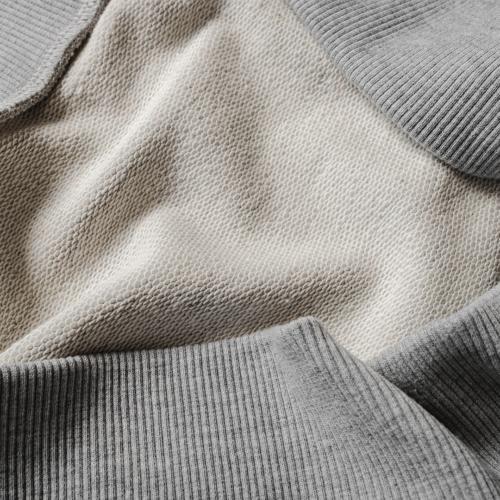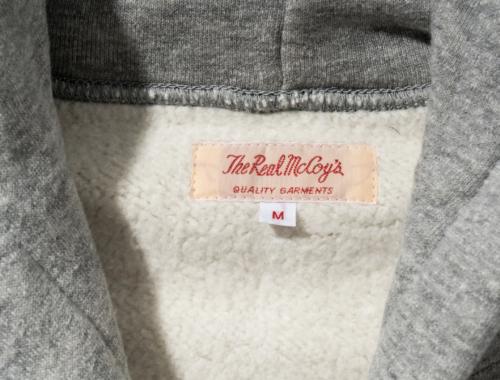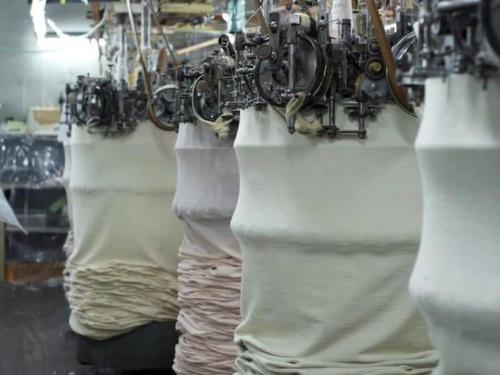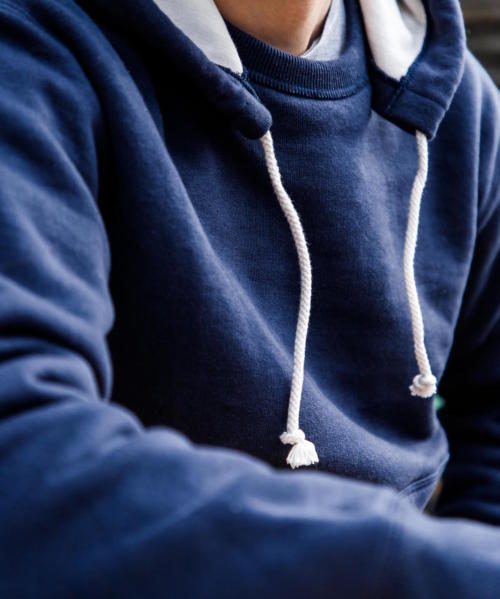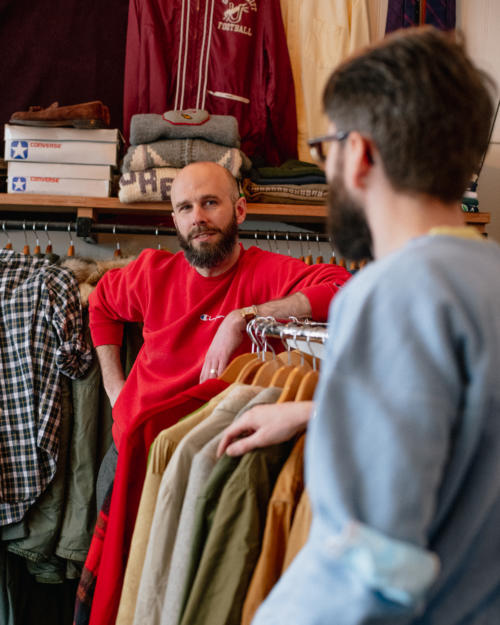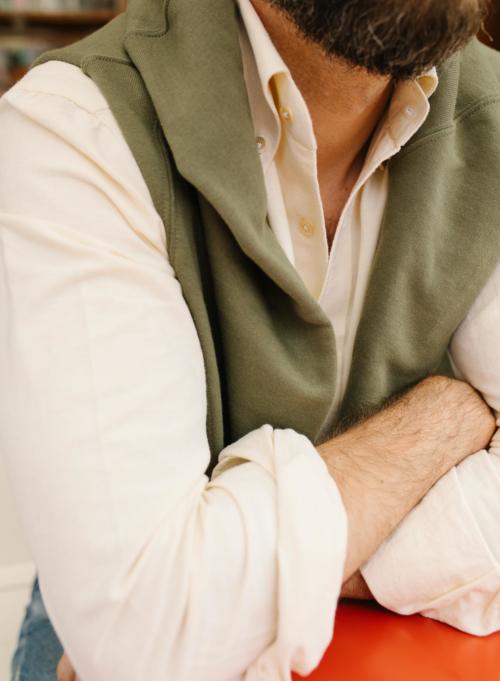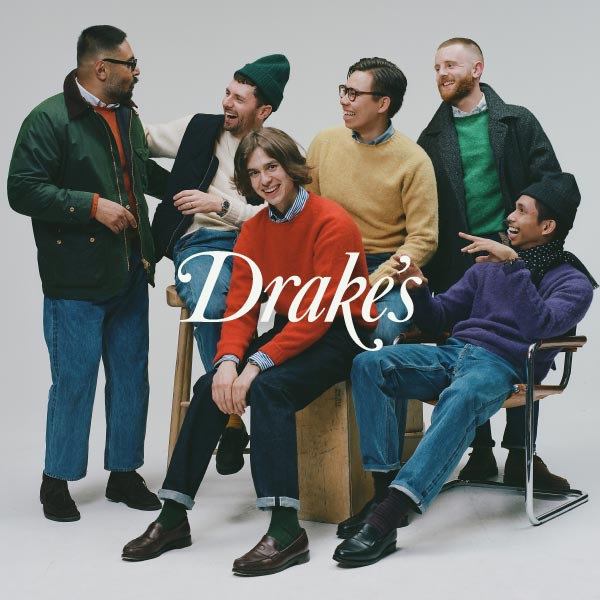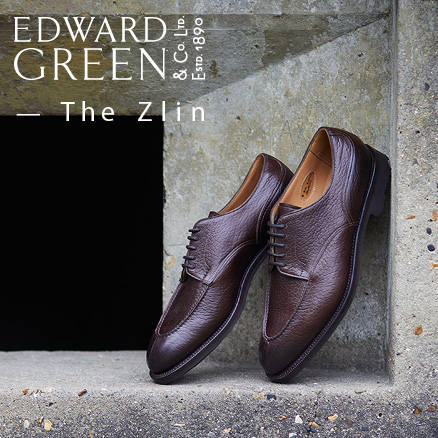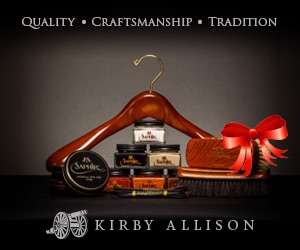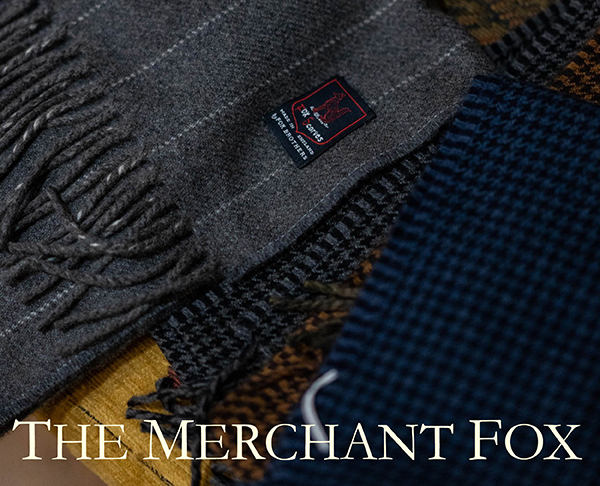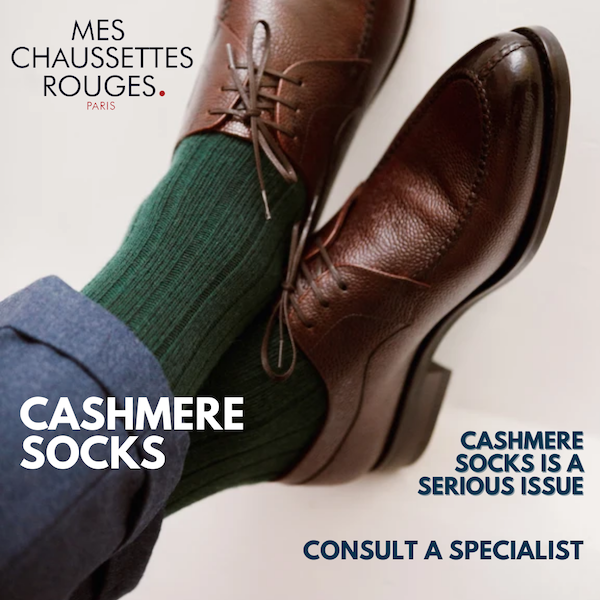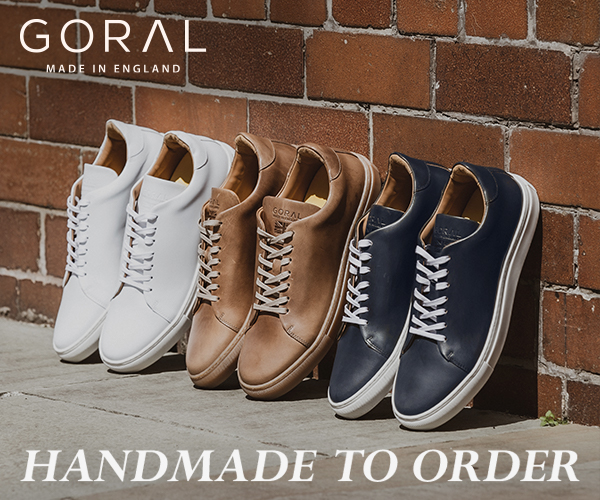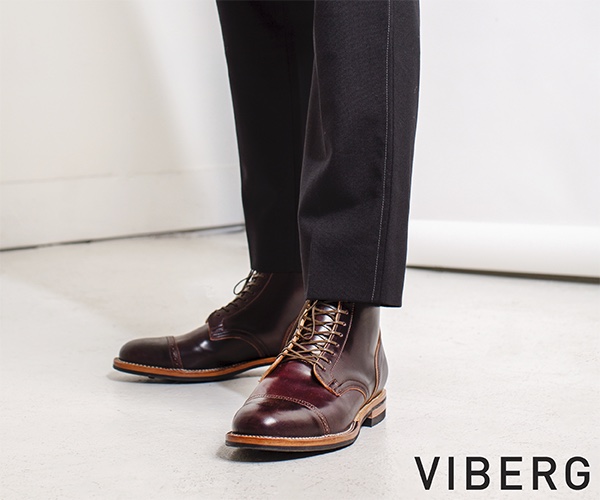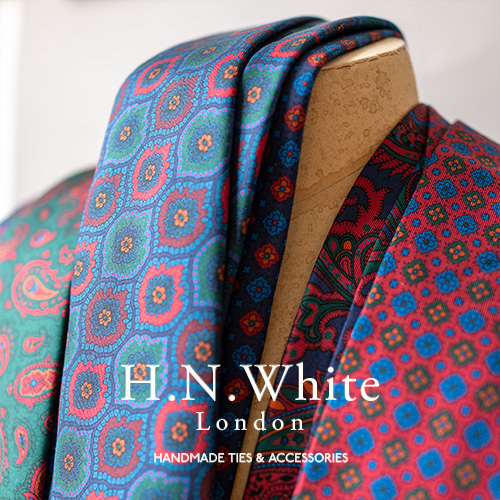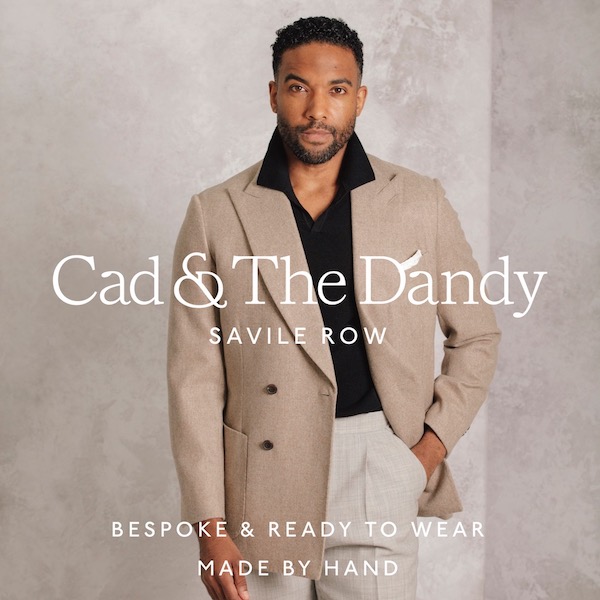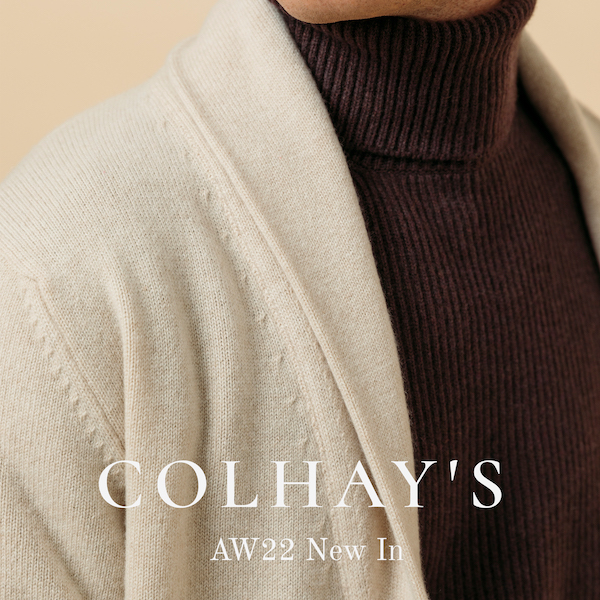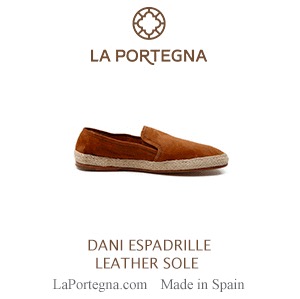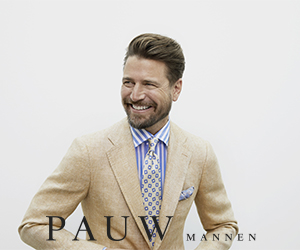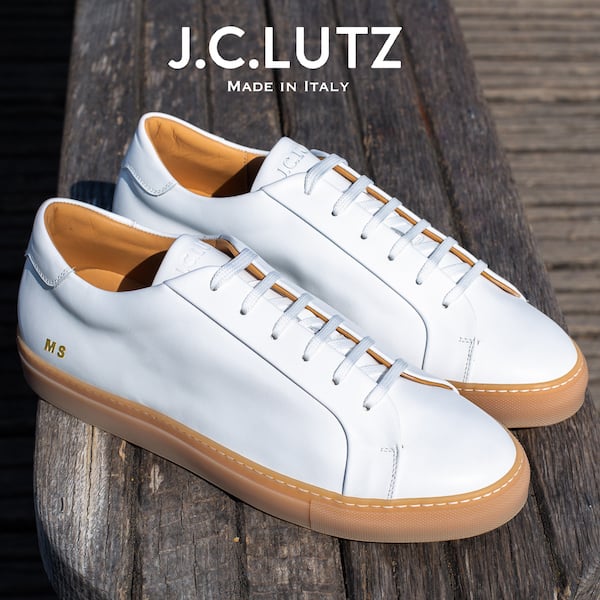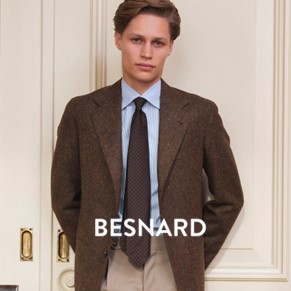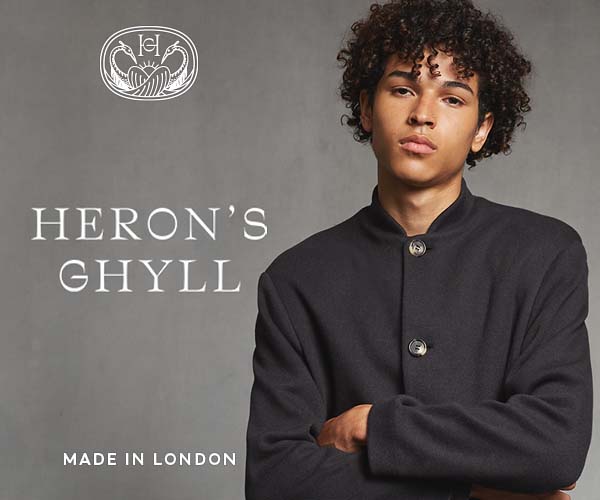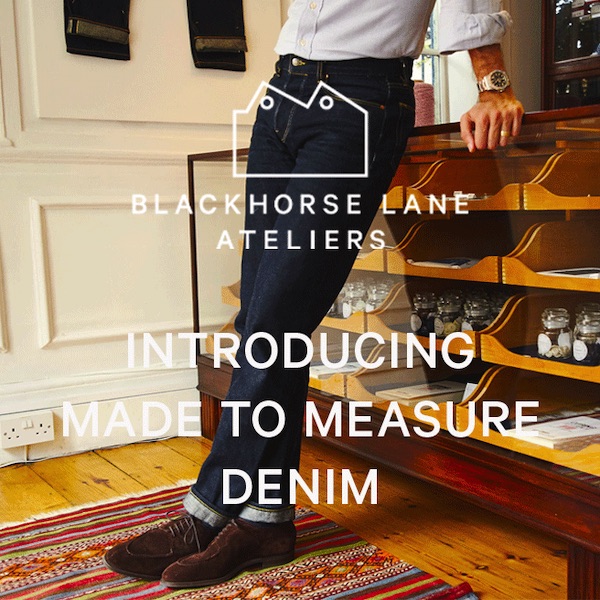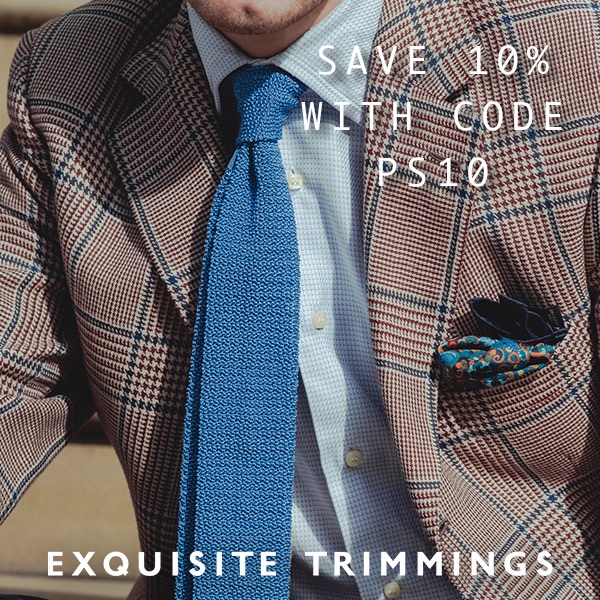What makes a quality sweatshirt?
Sweatshirts vary hugely in price, from £20 at a fast-fashion brand to well over £200 from a specialist Japanese maker.
And even though the price difference is that large among brands we cover - say Merz b Schwnen at £130 and The Real McCoy’s around £180 - that’s a big percentage difference.
So what accounts for it? What goes into a good sweatshirt and what should you spend your money on?
It’s not an easy area, most obviously because the choice between a finer and coarser material - unlike with suits or shirts - is a rather subjective one.
French terry: The fabric
Let’s start with the basics. Sweatshirt material is what’s referred to as French terry (different from plain terry, associated with towelling and perhaps towelling shirts). It has a soft pile on the outside and small loops on the inside. The latter is referred to as loopback (different to loopwheel, which is a particular, circular method of knitting).
Some of the cheapest sweatshirts are not French terry - they are simple jersey, like a T-shirt. “To be honest, I wouldn’t even call this a sweatshirt,” says one maker I talked for this piece. “It’s just a long-sleeved tee.”
French terry is made from multiple layers of yarn, and has that soft and stretchy, yet substantial and dense feeling you associate with a sweatshirt, but don’t with a tee. It’s the kind of basic difference you can feel quite easily.
Although the back of some sweatshirts (good and bad) is brushed to make them softer and warmer, you can still see the loops of material, just fluffier (below).
Pure cotton: The fibre
Some cheap sweatshirts are also partly synthetic, such as polyester. This is pretty much always a money-saving move and should be avoided.
As with the point above about T-shirt v sweatshirt material, you know the difference between the two in terms of how they feel, as you probably own outerwear that is synthetic. You don’t really want that in something soft like a sweatshirt.
You do find polyester in some highly regarded sweatshirt brands such as Camber, the American workwear brand. I own a Camber hoodie and it’s great - the material is so tough it’s basically outerwear, and is often too hot to wear indoors.
But the same effect can be achieved with pure cotton, it just has to be woven more densely. Something like the Ball Park sweats from The Real McCoy’s are like that - the outer layer of yarn is woven to be tougher and more wind-resistant. That’s also the reason why Camber sweats are so much cheaper, and more used for actual workwear.
Loopwheel and not: The knitting
Loophweel (above) is an old-fashioned method of knitting that was used for all sweats in the 1950s and earlier. It knits particularly slowly, with vintage ones the slowest of all, making only about one metre of fabric an hour. This creates a low fabric tension, which is why loopwheel knits always feel more stretchy and open.
Being loopwheeled is a general sign of quality, but it also creates a specific type of knit, which not everyone wants for every design. If you want a denser sweat, as mentioned above, then you might want to a slightly more modern machine.
These would still knit in a tubular fashion however, and as a result have no side seams. Like loopwheel, this is also a fairly useful rule of thumb for quality.
There’s also reverse weave, which is best known for Champion sweats and was created to reduce shrinkage in length. That’s less of an issue today though, and with old pieces the more significant factor is usually the dramatic size of the body and sleeve.
Balance and character: The layers
As mentioned earlier, aspects of cotton that we’re used to from smarter clothing - fineness, staple length - aren’t necessarily useful guides with sweatshirts. If you used a very fine cotton on a sweat, you’d end up with something that was quite light and silky, which probably isn’t what you want. Great vintage pieces also use both types.
However, there is something subtle with sweatshirt material, which is that different yarns are used for the surface, an intermediate layer, and the back. These are varied depending on what effect you want - for example, it’s only the surface layer that you make denser to get that tough, weather-resistant layer we talked about above.
“Essentially, a cheap sweatshirt will be made out of the same yarn on at least two layers,” explains a designer I spoke to. “They do this because it’s cheaper - they only need one type of yarn, and can buy it in larger volumes.”
A high-end sweat will play with those layers to get a different effect. The outer layer creates the visual effect and the feel, the hand. The middle layer is about volume, and preventing twisting. The underside is about volume too, but also softness on the skin, and warmth retention.
Different sweats will have different combinations - and this is the point that differentiates a lot of high-end sweats, as well as types from a single brand.
Still, all cheaper sweats that use the same yarn throughout will have a similar feel: flat, without any body or density. Someone technical people would say they have less ‘character’ and you can see what they mean in the rather lifeless handle, like a single piece of pressed-flat material.
Details: The design and manufacture
Then there are numerous little manufacturing points, such as flatlocked seams and the make of the collar, where the aim is normally to stop it stretching out over time.
The ‘V’ shape on the front, and sometimes back, of the sweatshirt was intended to allow it to stretch while not affecting the collar, as well as to absorb sweat. Some people also love an extended cuff, which on a brand like Spalding finishes in a point up the inside seam.
Most of these I'd put down to design preference, however, and on Permanent Style it’s probably important to emphasise that you shouldn't focus on quality to the exclusion of design, such as length, body fit and collar height.
I love the quality of my Ball Park sweatshirt, but the prime reason I prefer it to my old Merz ones is the body length, which is that much shorter (and shrinks a little after the first wash). The body fit and high hood are the things I like most about my Camber.
What would I buy?
Alongside those sweats from Real McCoy’s, Merz b Schwanen and Camber, I own ones from Loopwheeler, Toys McCoy and RRL, as well as vintage pieces from the 1980s (Champion) and 1950s. In the past I’ve owned Warehouse, Cushman and of course various cheaper brands when I was younger.
My favourites are probably Real McCoy’s and Warehouse, with the difference largely being the point of balance between layers, rather than an obvious quality one. Warehouse feels a little softer and spongier to me, and I find I prefer the McCoy’s mix, so I sold my Warehouse. My Ball Park grey is the one I wear the most.
I love the Loopwheeler hoodie I bought in Japan, but find the body is longer than ideal. Conversely, I have a RRL crewneck that I love, but for the colour of the melange and the exaggerated body fit.
If I were advising a reader, I’d say pay towards the top end of the range, because you need very few sweatshirts - I wear my grey five times as much as any other - and because it’s a small difference in price.
But I'd repeat two points about not focusing too much on quality:
- Just as much difference is between types of sweats - weight, balance, brushing, fineness - as it is anything objective that could be called quality, so you may just prefer a particular feel.
- Fit and style will always be more important, here as in everything. Make sure you put them first.
Related posts
from Permanent Style https://ift.tt/ACXvI19
via IFTTT

